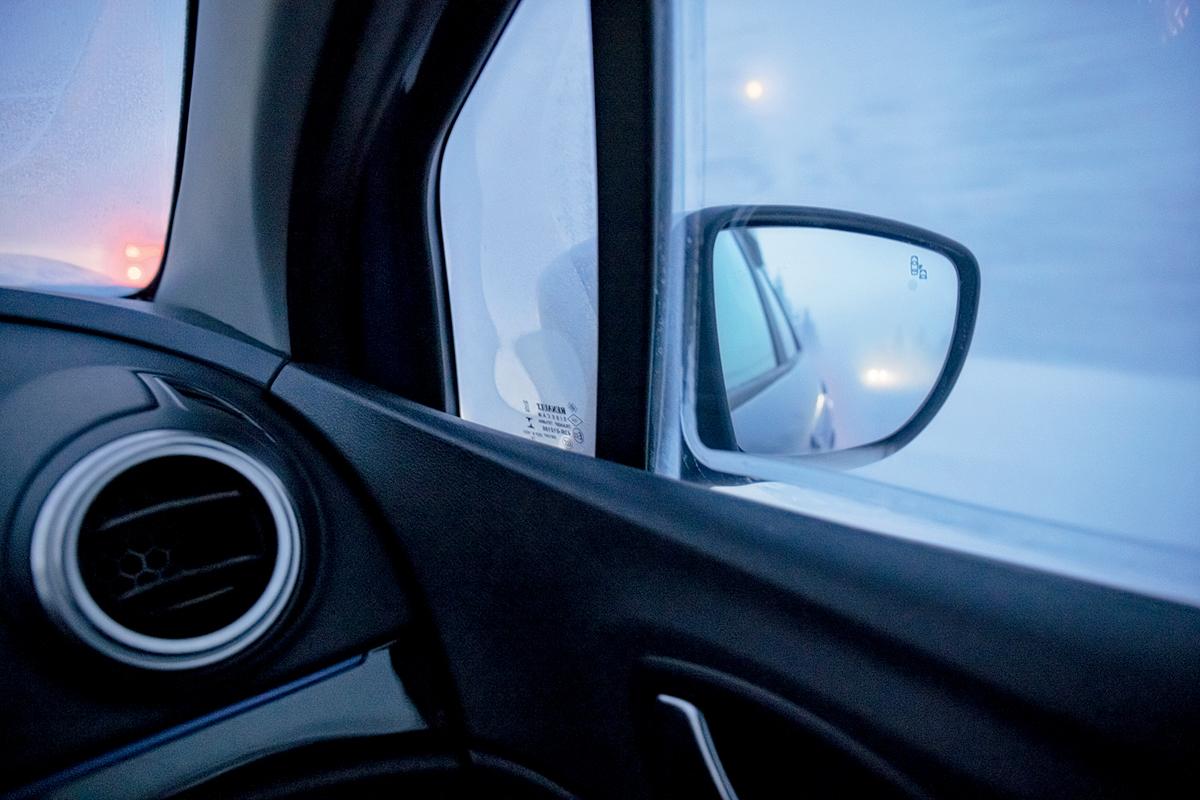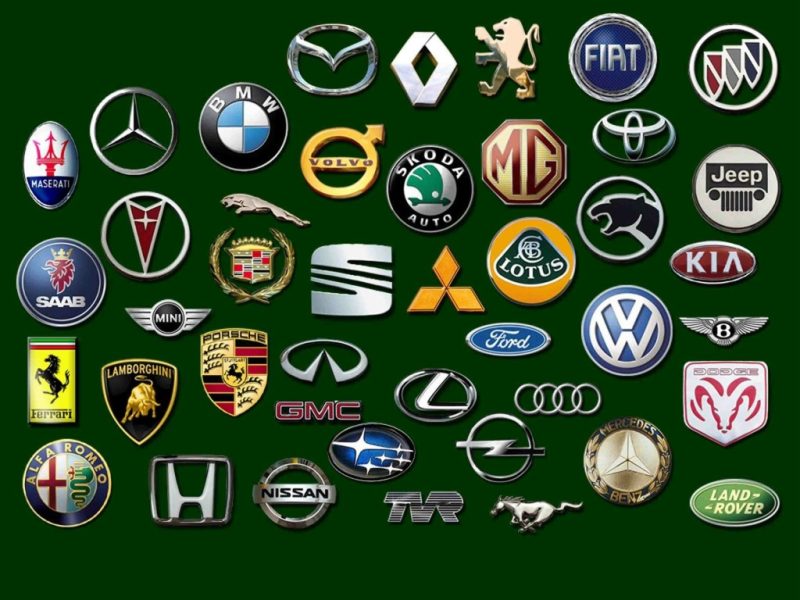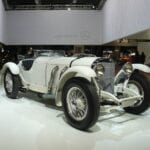
2020 Mercedes Maybach GLS
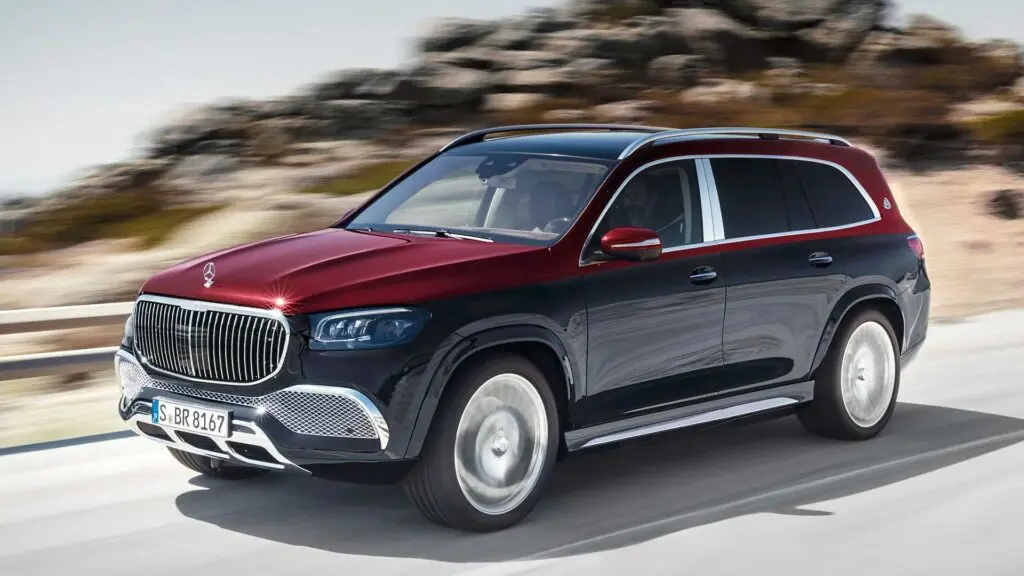
Description Maybach GLS 2020
Maybach GLS 2020, the company's new, first crossover - the most luxurious SUV in the world! For the first time, they took the Mercedes-Benz GLS as a basis. The premiere of the luxury car took place in Guangzhou, China.
DIMENSIONS
Maybach took over the dimensions of its younger brother, the Mercedes-Benz GLS. Unlike your brother, only 5 people can be accommodated in a car, compared to 7 in a Mercedes.
| Length | 5205 mm |
| Width (without mirrors) | 1956 mm |
| Height | 1823 mm |
| The weight | from 2435 to 2785 kg. (depending on configuration) |
| Clearance | 160 mm |
| Base | 3135 mm |
TECH SPECS:
The 600 index does not justify the car. Under the hood, it has a V-shaped petrol four-liter eight and shows 558 horses at 730 Nm of torque. Helping to accelerate this ship to 100 in 4,9 seconds, two turbines and an all-wheel drive system.
| full speed | 250 km / h |
| Number of revolutions | 6000 / min |
| Power, hp | 558 l. from. |
| Consumption per 100 km. | On average 12 liters. 100 km. |
EQUIPMENT
For an additional fee, the car can be equipped for every taste, starting from a two-color painting, which has 8 different variations, two separate chairs with heating, ventilation, massage, a separate console with a refrigerator and folding tables. In the base, the car is equipped with a panoramic roof, LED light, individual air conditioning system for each row of seats.
Photo collection Mercedes Maybach GLS 2020
The photo below shows the new Mercedes Maybach GLS 2020 model, which has changed not only externally, but also internally.
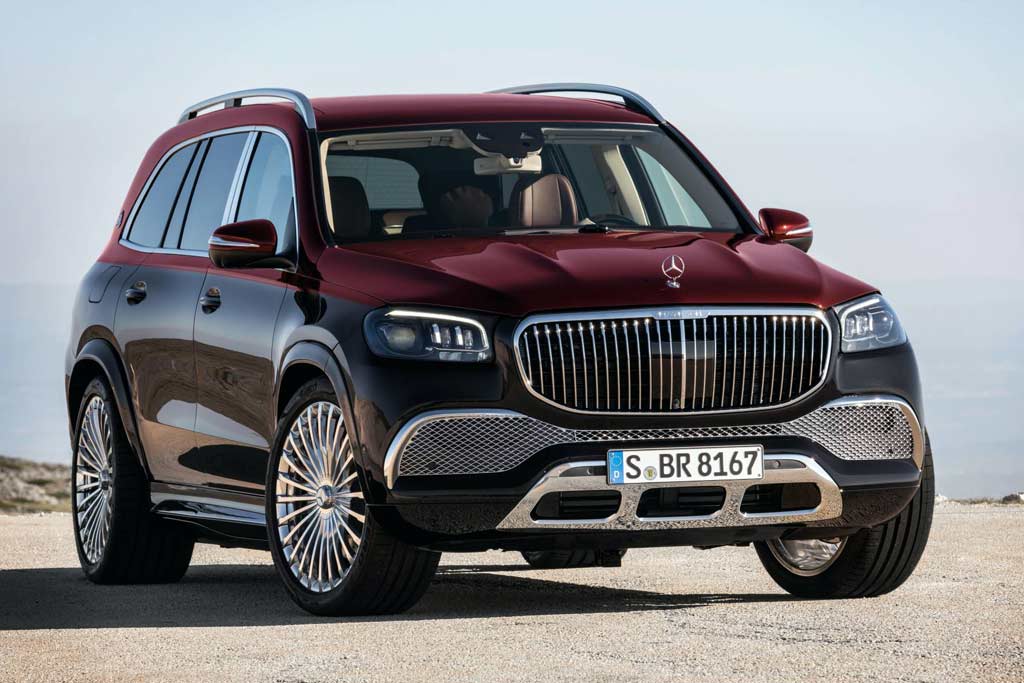
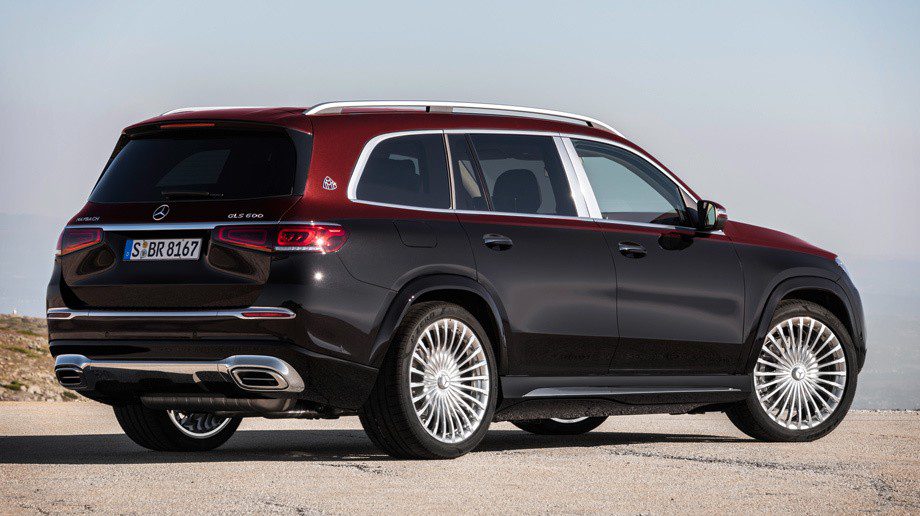


F.A.Q.
✔️ What is the maximum speed in the Maybach GLS 2020?
Maximum speed in the Maybach GLS 2020 - 250 km / h
✔️ What is the engine power in the Maybach GLS 2020?
The engine power in the Maybach GLS 2020 is 558 hp. from.
✔️ What is the fuel consumption of the Maybach GLS 2020?
Average fuel consumption per 100 km in the Maybach GLS 2020 - Average 12 liters. for 100 km.
2020 Maybach GLS CAR PERFORMANCES
LATEST VEHICLE TEST DRIVES Mercedes Maybach GLS 2020
Test drive Bridgestone unveils Turanza T005 touring tires
Test drive Mercedes from "Berezka" of the legendary W123
Test drive Mercedes GLB: a rising star
Test drive Mercedes-Benz SSK: Compressor!
Video review Mercedes Maybach GLS 2020
In the video review, we suggest that you familiarize yourself with the technical characteristics and external changes of the Mercedes Maybach GLS 2020.
Showrooms where you can buy Mercedes Maybach GLS 2020 on Google maps
